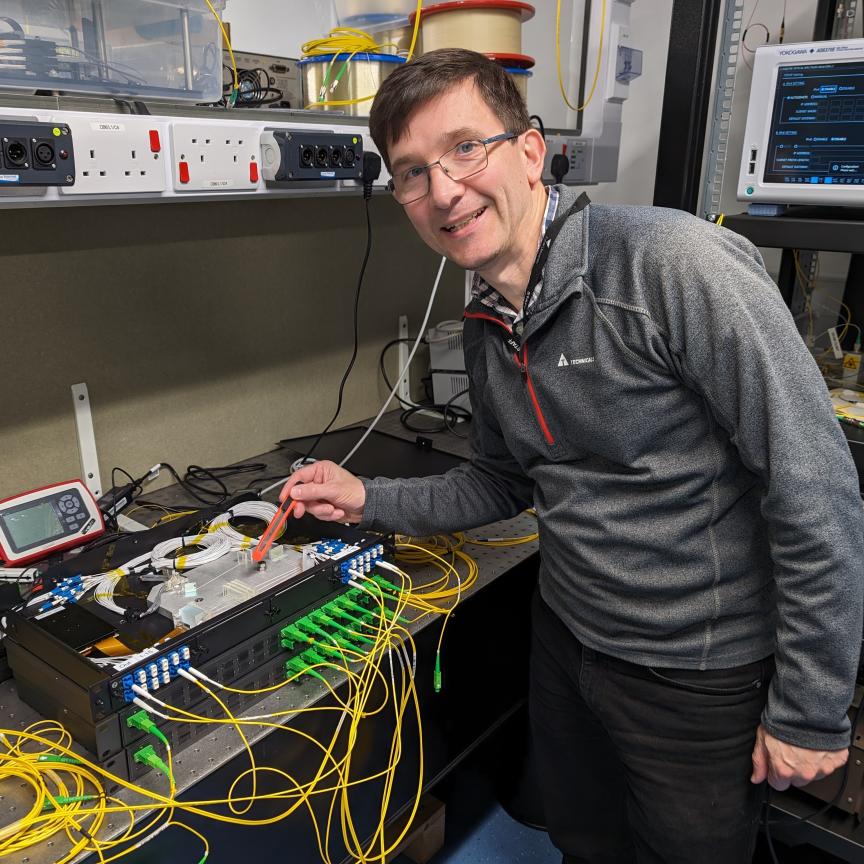A new research project is aiming to expand the capacity of optical metro and core networks.
Funded by Germany’s Federal Ministry of Education and Research (BMBF) and led by optical transport vendor, ADVA, the OptiCON project will explore technologies that could enable fibre infrastructure to carry 10 times more throughput than it does currently.
The project’s goals include leveraging unused optical spectrum, new fibre types, novel transmission schemes, as well as advanced monitoring and SDN control. The three-year project also involves the Fraunhofer Heinrich Hertz Institute (HHI), highstreet technologies, the Technical University of Munich and VPIphotonics.
Annika Dochhan, principal engineer, advanced technology, ADVA and OptiCON project lead explained: ‘This project couldn’t be more vital. With optical transmission approaching the Shannon Limit and continual increases in per-channel speeds slowly coming to an end, we’re looking at disruptive ways to expand network capacity in the future. By using untapped spectrum, we can maximise the value of dense wavelength division multiplexing (DWDM) networks and tackle soaring data demand from cloud, video and mobile.’
The research project, continued Dochhan, is about engineering the next-generation of transport networks and empowering operators to keep pace with the exponential traffic growth they are facing. She said: ‘It builds on everything we’ve achieved with our FSP 3000 open line system (OLS) and TeraFlex terminal technology, which ensures lowest cost per bit for any network. Now with OptiCON we’re taking fibre transmission to the next level.’
DWDM transport has historically been limited to the C-and L-bands of the optical spectrum. By working to overcome longstanding technical and economic hurdles, OptiCON hopes to enable operators to exploit much more of the available fibre bandwidth and therefore carry more bits per second. This will be achieved through a combination of technical innovations, including advanced amplifiers, improved fibres, novel transceivers, and new techniques for monitoring and control.
Ronald Freund, head of photonic networks and systems at Fraunhofer HHI commented: ‘Our work in OptiCON is focused on the physical layer and developing optical telemetry. This is crucial to enabling the fine-grained data signal adjustments needed for full capacity optimisation. As a leading research institute for optical transport technology, we have a key role to play in developing the digital society. Working with ADVA and the other partners at the centre of this cutting-edge project is very exciting. Together we’re developing the technology that will form the building blocks of tomorrow’s networks.’


